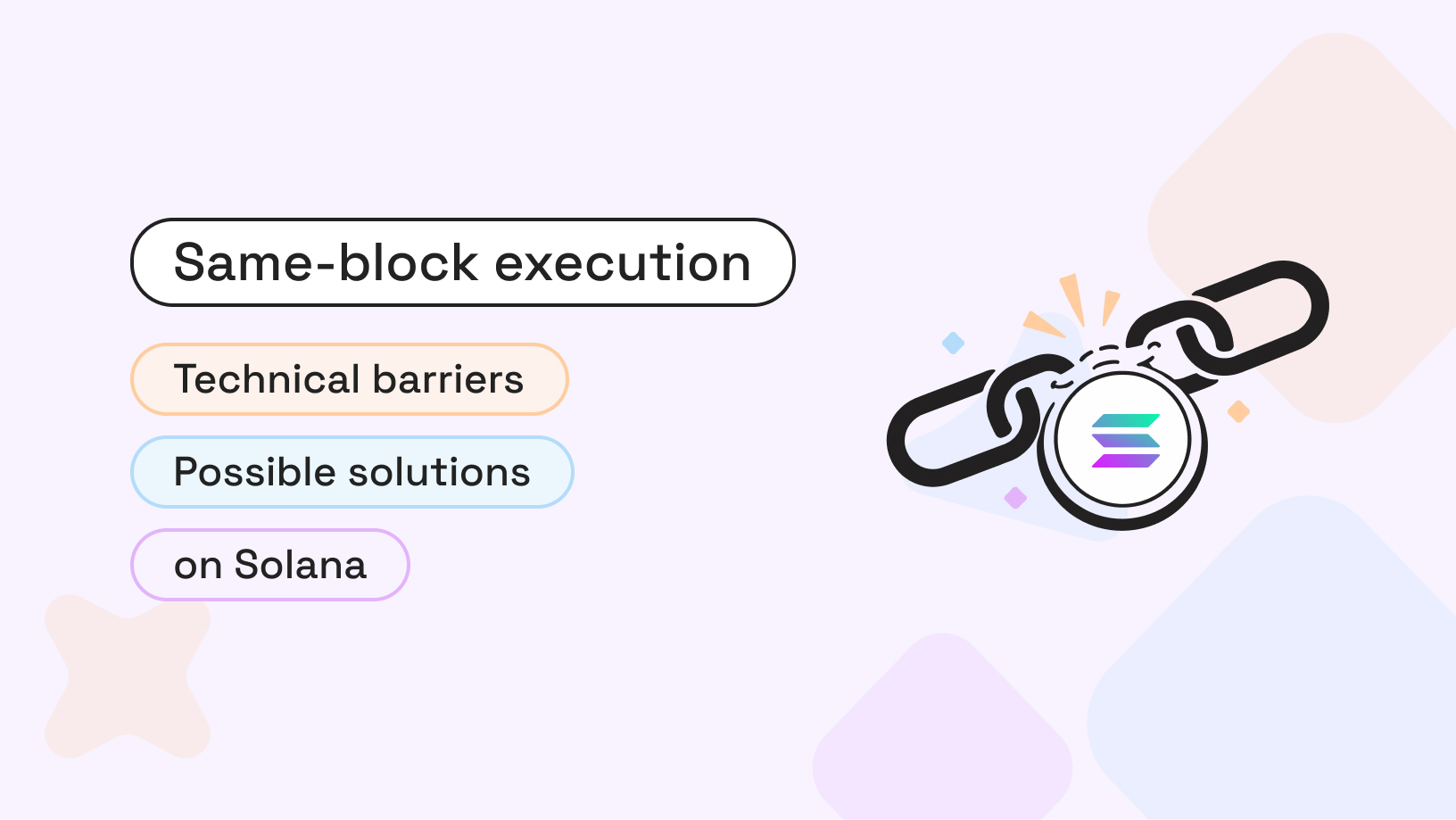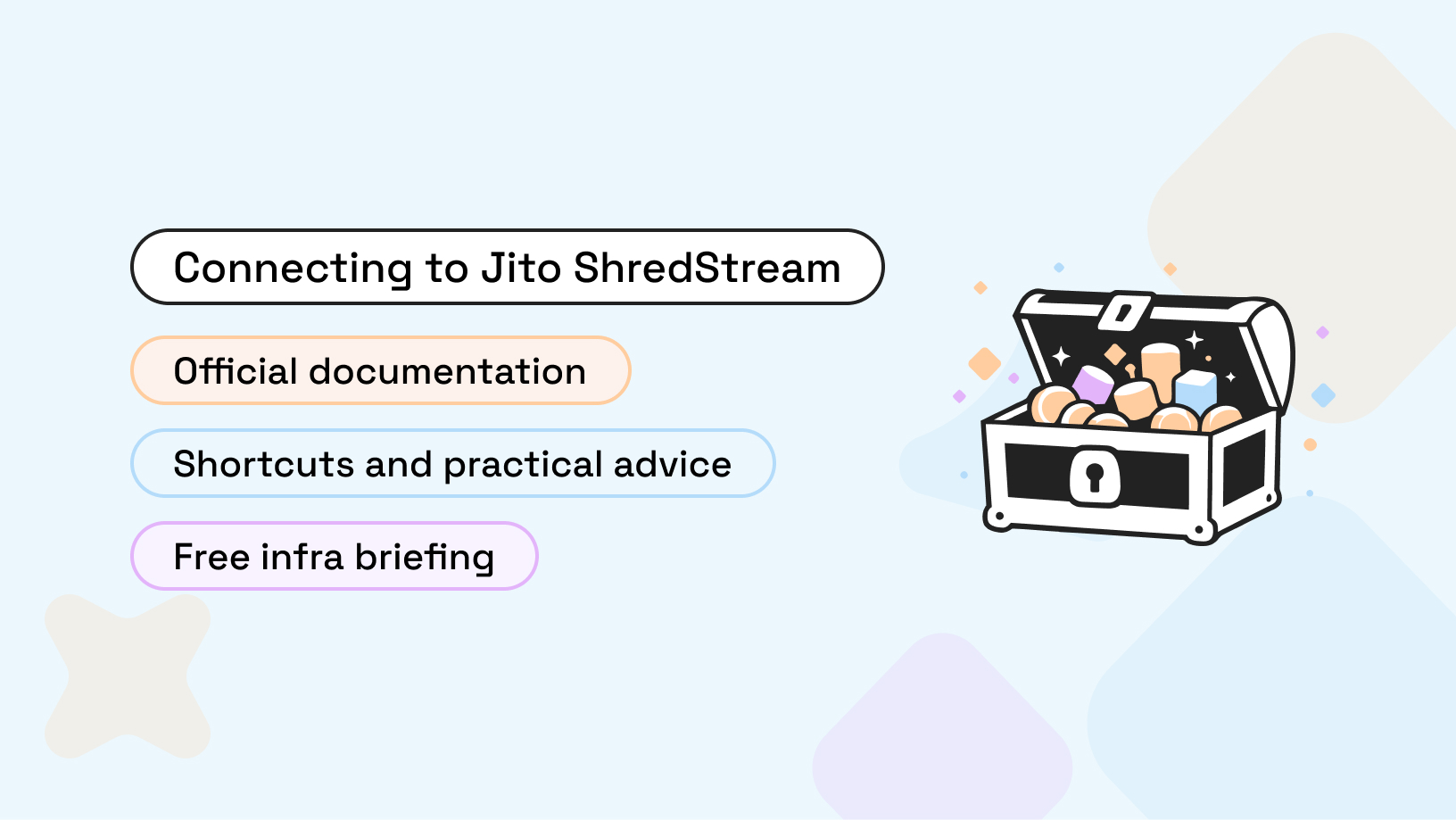
The Ethereum blockchain is a distributed and decentralized network of machines with dedicated software for special actions like validating blocks and transaction data. ETH network is commonly used for many DeFi applications and other types of DApps. Networks based on the Ethereum protocols are environments with the underlying infrastructure of connected computers and acting by the rules of ETH infrastructure. Nodes and clients are an essential part of the blockchain ecosystem. Simply saying, the machines act as nodes, and the pre-installed software—as the clients.
Let's find out the difference between the existing types of Ethereum nodes and also figure out how to connect to them. Running an Ethereum node seems complicated, but it's comparable to the process of running other client procedures.
What Is a Node in Ethereum?
Let's imagine that the Ethereum network is a globally distributed computer. ETH nodes act as sources of processing power and resources. In non-technical terms, a node is a junction point that connects different branches. Based on this, every computer with a loaded copy of the blockchain connected to the network is a node. They store, validate, and exchange data across the network so that nodes have the same information. The speed of all these processes is essential for the viability of the whole blockchain. Everything should be synchronized at every single moment.
Let's find out how many Ethereum nodes are there and what is the difference between them. It is known that each type has a different amount of data to synchronize, and each node is characterized by different methods of data processing.
Full Nodes
The Ethereum full node stores a complete copy of the blockchain data. It distributes data and validates blocks via a network. Nodes are synchronized to keep up-to-date information about events in the blockchain. But full nodes have one significant drawback—they require many resources to be launched and work.

Light Nodes
If you ask what a crypto node is, you should also consider the meaning of light nodes. Compared to full nodes, they reduce the amount of data stored by storing only the header chains. They store timestamps and the hash of the previous block and allow you to request additional information from the blockchain.
The lite mode of the node has the following benefits for users:
- The minimum time for synchronization is a couple of minutes, not hours or days.
- They use less memory.
- Each light node loads the CPU resources less.
- It’s suitable for devices with limited resources.
In this mode, users make a data request from Ethereum and send transactions. But they don't store local copies of the state of the network, and blocks can't be verified in light mode, just like full nodes. They extract the block headers by requesting them from full nodes and verifying them by the proof of work (PoW).

Archive Nodes
This is a mode for storing data and creating an archive of the historical states of the blockchain. It means that these nodes act as a so-called data archive, which retains the previous information even when the synchronization is completed. Gigabytes of information can be stored in this mode, which is why Archive nodes are preferred by many service providers.

What Is an Ethereum Client?
When you know what an Ethereum node is, let’s find out what is the client. In the computing world, a client is any software that is loaded by a PC and helps interact with other programs or services. For example, Google Chrome is a client that connects to the provider's servers to use the Internet. ETH clients confirm all transactions in each block and ensure the network is secure and data is correct. The Ethereum client is required to interact with nodes that read blocks on the Ethereum blockchain and Ethereum-based smart contracts. ETH clients confirm all transactions in every block and ensure the network is secure and data is correct.
There are several open-source clients famous among the crypto community that were previously known as ETH clients. Different teams worked on these tools using different technologies. A brief overview of these clients will help you understand their benefits.
Types of Ethereum Clients
There are several types of open-source clients and here are some of them:
- Go Ethereum
- Nethermind
- Erigon
- Hyperledger Besu
Go Ethereum (or Geth). Represents a licensed implementation of the Golang protocol. Currently, Geth is the most popular software with the largest user base for the Ethereum blockchain. It offers the widest range of tools written in Go. Geth is suitable for creating full, light, or host archive nodes.
Nethermind. Written in C# and .NET, it is supported by all major platforms, including ARM. Nethermind simplifies integration with existing infrastructure and is a stable, reliable tool. It ensures data integrity and security. Use the Nethermind client to create private Ethereum or DApps networks.
Erigon. It is one of the popular forks of Go Ethereum, but it is focused on speed and disk space savings. It is built to provide a faster, more modular, and optimized implementation of ETH. This software can sync the archive ETH node in less than three days. It needs 2TB or more of storage to sync. This tool allows you to store states using a key-value database.
Hyperledger Besu. It is written in Java and is distributed under the Apache 2.0 license. The Hyperledger Besu software can support the public Ethereum network and private principals such as Rinkeby, Ropsten, and Görli. Besu tool implements Proof-of-Work (Ethash) and Proof-of-Authority (IBFT 2.0, Clique, and QBFT) based on consensus procedures. This client has good support for smart contracts and DApp development, deployment, and operations.
Full Client
This type of client provides storage for the entire blockchain, but it can take more than a day to synchronize the data. Besides, it needs a large amount of memory—more than 1TB. Full clients perform all network tasks, such as mining, transfers, block header verification, and smart contract execution.
Light Client
Sometimes, you can go without the full client and a light mode. Especially when it comes to storing information and ensuring high speed. This is one reason why developers prefer light clients. They offer some of the functionality of a full client, but with better performance and the ability to free up data storage availability. This is because they do not store the full ETH blockchain. The scope of the functionality of the light client is adapted to the tasks.
Remote Client
There is also this type of software known as remote which is similar to lightweight. That keeps own copy of the blockchain and does not check transactions or block headers. Remote clients work without a full and light client to access the blockchain. They are most commonly used as wallets for transactions.
The Difference Between Nodes and Clients
The difference between nodes and clients is obvious, but it’s worth noting that they mostly work together, or rather in parallel with each other. But sometimes both terms are used interchangeably to gain access to the Ethereum network. Clients are interfaces and toolboxes for interactions with blockchain, while the nodes are the blockchain elements by themselves. Even if they are launched on the same machine, they have different tasks to perform and are parts of different ecosystems, even though tightly connected. When you get access to Ethereum for the first time, you’ll see the difference for sure.
Connect to Ethereum Node Using RPC Fast
Now we have to find out how to run an Ethereum node and what tool to use for this. We offer a method that allows you to use a ready-made solution to speed up this procedure. It's about RPC Fast API, a product that provides an access point for using the blockchain. With the help of this tool, you can access the data that is on the blockchain. This saves you from having to deploy the nodes yourself or involve a specialist in this. Deployment is much faster, it costs less, and is still high-quality and 99.99% stable for any project.
You don't need to be a miner to use the RPC Fast API. Run Ethereum node with RPC Fast API and get the automatic load adjustment based on your traffic trend. Your project can be anything you can imagine—we’ll take the rest care of the blockchain on us.
How Does It Work?
To connect your project with the RPC Fast API, register on our website to access the free account and an admin panel. Follow the simplest instruction of connection and get your nodes in minutes. This solution is suitable not only for ETH but also for BNB (Binance Smart Chain) and Polygon, and in the future, it is planned to expand to other blockchains.



















.svg)
.svg)
.svg)

